The slow road from Truro along the Bay of Fundy took us past a number of muddy rivers that experience extreme tidal fluctuations. At South Maitland, Highway 1 crosses the Shubenacadie River and we arrived as the tide was ebbing. A number of tourist operators run tidal bore rafting tours during the summer season near here. Today it was just us and some black ducks enjoying the showery weather.
From the river's edge you can see the remains of an old railway bridge that was built at the turn of the 1900s. The bridge piers are still standing after more than 100 years of constant tidal action due to the caissons that were erected to keep out the water.
Further along the coast was another ubiquitous lighthouse at Walton. Built in 1873, this lighthouse, like many others along this coast, no longer operates. Walton is located on Minas Basin in the Bay of Fundy and at low tide the mud flats extend well out into the bay.
During our travels, we have learnt about the history of the Acadian people in the Maritimes. Interestingly, more is said about the Acadians than the First Nations people who originally lived in this area. The Acadians are the descendants of French settlers who came to North America from 1604 onwards and lived primarily along the shores of the Bay of Fundy where they farmed and raised livestock. The Grand Pre area of Nova Scotia, which was the centre of Acadian settlement from 1682 to 1755, has been commemorated by a National Historic Site. Unfortunately, this territory was in the middle of continuing battles between Britain and France and the Acadians lived alternately under British and French rule until 1755 when the local British authorities decided to deport them. Lesson to Donal Trump: this did not work. While the visitor centre was closed for the season, we were able to walk through the gardens.
Many of the exhibits and the gardens were being wrapped or covered in black plastic to protect them from the ravages of winter frosts and snows. The bust of Henry Longfellow, an American poet, whose poem Evangeline : A Tale of Acadie was published in 1847 and became a symbol of the Deportation and resiliency of the Acadians, was well and truly swathed from head to neck in plastic. Very artistic!
On the way to Cape Split after leaving Grand Pre we came to a lookoff (lookout for us Aussies) that gave incredible views of farmland with the Minas Basin in the background.
We decided to spend the night at the small village of Kentville just off the highway. Unbelievably, we were caught up in a traffic jam at the onramps to the highway. This is a village of only 6,000 people and there were queues over a kilometre long at 5 pm. Canberra folk have it good!
Bay of Fundy - Truro to Kentville
Wednesday, October 19, 2016
 Kentville, Nova Scotia, Canada
Kentville, Nova Scotia, Canada
Other Entries
-
16Hike in Kananaskis with our Vancouver friends
Sep 2524 days prior Canmore and Kananaskis, Canadaphoto_camera11videocam 0comment 1
Canmore and Kananaskis, Canadaphoto_camera11videocam 0comment 1 -
17Leaving the Rockies
Sep 3019 days prior Calgary, Canadaphoto_camera0videocam 0comment 0
Calgary, Canadaphoto_camera0videocam 0comment 0 -
18Arriving in the Maritimes
Oct 0118 days prior Halifax, Canadaphoto_camera0videocam 0comment 0
Halifax, Canadaphoto_camera0videocam 0comment 0 -
19It's raining in Halifax
Oct 0217 days prior Halifax, Canadaphoto_camera5videocam 0comment 1
Halifax, Canadaphoto_camera5videocam 0comment 1 -
20Halifax to Lunenberg coastal drive
Oct 0316 days prior Peggy's Cove, Canadaphoto_camera15videocam 0comment 0
Peggy's Cove, Canadaphoto_camera15videocam 0comment 0 -
21Cape Breton Island
Oct 0415 days prior Cheticamp, Canadaphoto_camera2videocam 0comment 0
Cheticamp, Canadaphoto_camera2videocam 0comment 0 -
22Cape Breton Highlands National Park
Oct 0514 days prior Cheticamp, Canadaphoto_camera15videocam 0comment 0
Cheticamp, Canadaphoto_camera15videocam 0comment 0 -
23Leaving Cape Breton Highlands National Park
Oct 0712 days prior North Sydney, Canadaphoto_camera8videocam 0comment 0
North Sydney, Canadaphoto_camera8videocam 0comment 0 -
24Louisbourg on Cape Breton
Oct 0811 days prior Truro, Canadaphoto_camera16videocam 0comment 0
Truro, Canadaphoto_camera16videocam 0comment 0 -
25Prince Edward Island and the weather has changed
Oct 109 days prior Charlottetown, Canadaphoto_camera3videocam 0comment 1
Charlottetown, Canadaphoto_camera3videocam 0comment 1 -
26Prince Edward Island - Points East
Oct 118 days prior Charlottetown, Canadaphoto_camera6videocam 0comment 0
Charlottetown, Canadaphoto_camera6videocam 0comment 0 -
27Bay of Fundy - Highway 114 to Alma
Oct 127 days prior Alma, Canadaphoto_camera9videocam 0comment 0
Alma, Canadaphoto_camera9videocam 0comment 0 -
28Fundy National Park and all the Saints
Oct 136 days prior St. Stephen, Canadaphoto_camera13videocam 0comment 0
St. Stephen, Canadaphoto_camera13videocam 0comment 0 -
29St Stephen to St John
Oct 145 days prior Saint John, Canadaphoto_camera8videocam 0comment 0
Saint John, Canadaphoto_camera8videocam 0comment 0 -
30St John to Fredericton
Oct 163 days prior Fredericton, Canadaphoto_camera4videocam 0comment 0
Fredericton, Canadaphoto_camera4videocam 0comment 0 -
31A chocolate river Tidal Bore
Oct 172 days prior Amherst, Canadaphoto_camera15videocam 0comment 0
Amherst, Canadaphoto_camera15videocam 0comment 0 -
32Bay of Fundy - Amherst to Truro
Oct 181 day prior Truro, Canadaphoto_camera9videocam 0comment 0
Truro, Canadaphoto_camera9videocam 0comment 0 -
33Bay of Fundy - Truro to Kentville
Oct 19 Kentville, Canadaphoto_camera9videocam 0comment 0
Kentville, Canadaphoto_camera9videocam 0comment 0 -
34Bay of Fundy - Kentville to Digby
Oct 201 day later Digby, Canadaphoto_camera11videocam 0comment 0
Digby, Canadaphoto_camera11videocam 0comment 0 -
35Kejimkujik National Park
Oct 212 days later Digby, Canadaphoto_camera9videocam 0comment 1
Digby, Canadaphoto_camera9videocam 0comment 1 -
36Leaving Bay of Fundy - Digby to Yarmouth
Oct 234 days later Yarmouth, Canadaphoto_camera5videocam 0comment 0
Yarmouth, Canadaphoto_camera5videocam 0comment 0 -
37A foodies guide to Lunenburg
Oct 245 days later Lunenburg, Canadaphoto_camera6videocam 0comment 0
Lunenburg, Canadaphoto_camera6videocam 0comment 0 -
38Leaving the Maritimes
Oct 278 days later Halifax, Canadaphoto_camera0videocam 0comment 0
Halifax, Canadaphoto_camera0videocam 0comment 0 -
39Back in Vancouver
Oct 278 days later Vancouver, Canadaphoto_camera0videocam 0comment 0
Vancouver, Canadaphoto_camera0videocam 0comment 0 -
40Last day in Vancouver before flying home
Oct 3011 days later Vancouver, Canadaphoto_camera5videocam 0comment 1
Vancouver, Canadaphoto_camera5videocam 0comment 1 -
41Back Home
Nov 0113 days later Canberra, Australiaphoto_camera0videocam 0comment 1
Canberra, Australiaphoto_camera0videocam 0comment 1

 Kentville, Nova Scotia, Canada
Kentville, Nova Scotia, Canada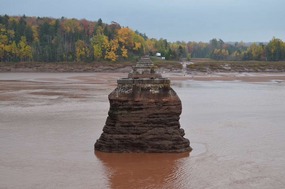
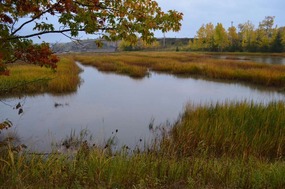
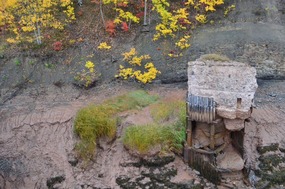
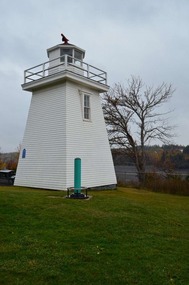
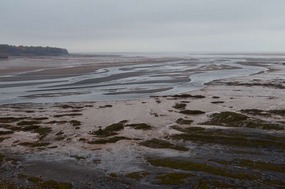
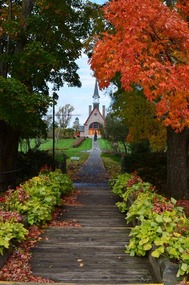
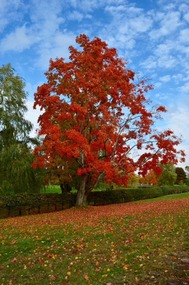
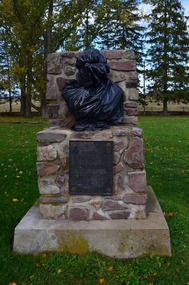
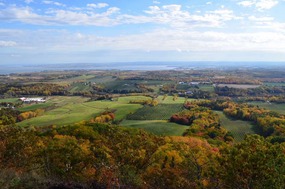


2025-05-22